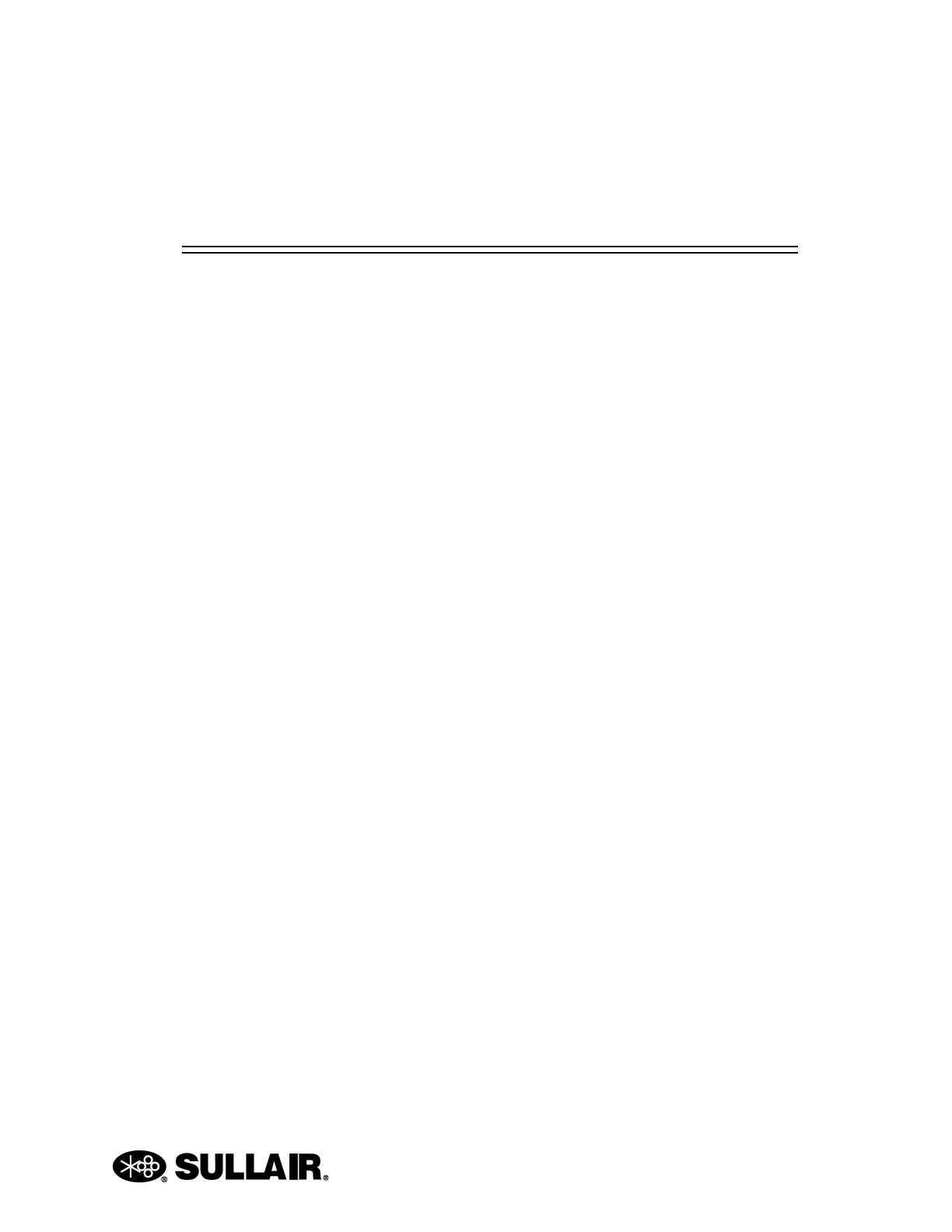Section 8
155
HORIZONTAL CLOSE COUPLED PUMP
HORIZONTAL CLOSE COUPLED PUMP
8.1 GENERAL INSTRUCTIONS
CENTRIFUGAL PUMPS
1. Inspection of Equipment
2. Storage
3. Placing Stored Pumps Into Service
4. Recommended Spare Parts
When properly installed and given reasonable care
and maintenance, centrifugal pumps should operate
satisfactorily for many years. The C Series pumps
use tight running clearances to build pressure.
Abrasive particles in high enough concentrations,
can eventually open up the close clearances
between the impeller and the casing, thus reducing
pressure output. To avoid this, careful selection and
use of a low resistance suction strainer should be
considered. For critical services it is recommended
that you keep an identical pump for stand-by use.
8.1.1 INSPECTION OF EQUIPMENT
Immediately upon receipt of the shipment, inspect
the equipment for damage or missing components.
Check the shipping manifest and report any damage
or shortage to the Transportation Company’s local
agent. Inspect the crate and any wrapping material
before discarding. Parts or accessories are
sometimes wrapped individually or fastened to the
skid.
Put the instructions that came with the shipment in a
safe place where they will be available to those who
will be using them for installation and service.
8.1.2 STORAGE
If the pump is to be stored before use, it should be
inspected as described in Section 8.1.1, recrated and
stored in a dry location. Standard shipping containers
are not suitable for outdoor storage. In some areas, it
may be necessary to cover the pump’s exterior
surface with oil or other rust inhibiting coating. All
units are tested at the factory with a water/corrosion
inhibitor solution, some of which will remain inside
the pump upon receipt. If units are flushed out prior
to storage, this inhibitor will be removed and proper
care must be taken to prevent product deterioration
from improper storage.
For storage beyond 30 days, a corrosion inhibiting
protective fluid should be added to the internal pump
cavities. Fluids used in the pump should be selected
for compatibility with pump materials. This is very
important when optional seal and gasket materials
have been used. Protective caps on the inlet and
outlets should also be used. Caps alone are not
sufficient protection.
8.1.3 APPLICATION CONSIDERATIONS
ELECTRICAL WIRING
All electrical equipment and wiring should conform to
Local and National Electrical Codes. Use the motor
manufacturer’s instructions for connecting the motor.
Note the correct rotation and wiring diagrams on the
assembly. Make sure the motor rotation and speed
matches that required for the pump. When making
electrical connections to motors provided with
threaded stud electrical terminals, the recommended
torque should be 13-16 inch-lbs. Applying torque in
excess of this range may cause damage.
C
ONSTRUCTION MATERIALS
While it is reasonable to assume that good
judgement has been used in selecting all the
materials in the pump for compatibility with process
fluids, actual conditions sometimes vary from original
expectations. Also, typical material selection charts
do not consider all the temperature, pressure, and
fluid variables. The customer’s engineer should be
consulted for final judgement on the best materials
for critical process applications.
V
ALVES
If a shutoff valve is necessary in the suction line, use
a gate, ball, butterfly, or other full port valve. Globe or
other flow restricting valves, can in some cases,
reduce pump flow or increase chances of cavitation.
A swing check valve in the suction line is

